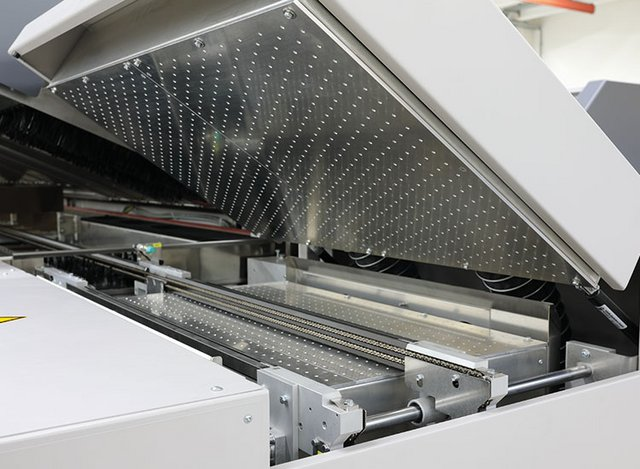Advantages and soldering requirements of SMT reflow soldering
Release time:2024-07-18Publisher:Jeenoce
SMT reflow soldering is the process of forming solder joints by melting pre placed solder without adding any additional solder during the soldering process. It uses the heating circuit inside the device to heat air or nitrogen to a sufficiently high temperature and blow it towards the circuit board where the components have already been attached, causing the solder paste on both sides of the components to melt and bond with the motherboard. JEENOCE shares the advantages and soldering requirements of SMT reflow soldering.

The advantages of SMT reflow soldering are that the temperature is easy to control, oxidation can be avoided during the soldering process, and the manufacturing cost is also easier to control. The process requirements for SMT reflow soldering are relatively high, requiring strict control of welding temperature, welding time, welding pressure and other parameters to ensure welding quality.
Due to the high soldering temperature, SMT reflow soldering needs to consider the heat resistance of components to avoid damage caused by excessive soldering temperature. In addition, due to the high welding temperature, it is necessary to consider the heat resistance of the circuit board to avoid deformation of the solder due to excessive welding temperature.
SMT reflow soldering also needs to consider the temperature and humidity of the soldering environment, as well as the stability of the soldering equipment, to ensure soldering quality. Due to the high welding temperature, it is necessary to consider the safety of welding equipment to avoid accidents caused by excessive welding temperature.
In summary, SMT reflow soldering is a new type of soldering method that has advantages such as easy temperature control, avoidance of oxidation during the soldering process, and easier control of manufacturing costs. However, its process requirements are relatively high, requiring strict control of soldering temperature, soldering time, soldering pressure, and other parameters to ensure soldering quality.

